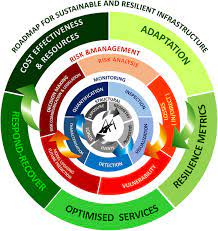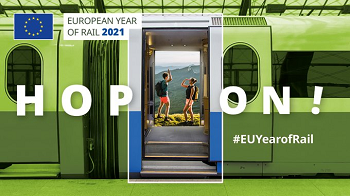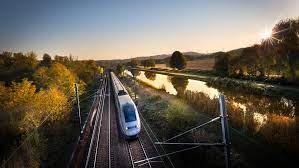The functioning of society depends on the transportation of goods and persons. The infrastructure required to enable transportation is built to ensure that this can happen safely and smoothly, providing specified high levels of service. As Europe has already experienced on many occasions, reductions in service due to potentially disruptive events, such as floods, earthquakes, heavy snow falls, fog, high winds, or cyberattacks can have significant societal consequences.
In this context, transport infrastructure managers must minimize the impact and potential consequences of these disruptive events. To do so, objective information on the service provided by their transport infrastructure and its resilience to external adverse events is necessary. In order to help them acquire this information, in November CEN and CENELEC published new CWA 17819:2021 'Guidelines for the assessment of resilience of transport infrastructure to potentially disruptive events'. This document provides managers with guidance to proceed a complete and systematic definition of service and measure resilience, in all situations with which the manager is confronted, and to help identify the suitable interventions to enhance such resilience.
CWA 17819:2021 is freely available for download here. It was developed by CEN/CLC/WS 018 ‘Assessment of the resilience of transport infrastructure to potentially disruptive events’, whose Secretariat is held by UNE, Spain’s National Standardization Institute.
Following its cartoon “Standards@Rail”, CEN & CENELEC conclude the European Year of Rail with a new campaign to share with the European citizens the importance of European standards in the daily life of trains and railways infrastructure.
In each video, railways experts of CEN/TC 256 ‘Railways applications’ and CLC/TC 9X ‘Electrical and electronic applications for railways’ present to the public a selection of European standard that directly contributes to a safe, efficient, and resilient railways network in Europe: from cybersecurity and wheels to driver's cab displays, aerodynamic or hydrogen refuelling. With these videos, the European citizens can better understand the role of these standards to overcome the current and future challenges met by the railways industry and operators to facilitate the everyday life of travellers and freight transport
To support the transition to cleaner, greener, and smarter mobility, in line with the objectives of the European Green Deal, the Commission today adopted four proposals that will modernize the EU's transport system. By increasing connectivity and shifting more passengers and freight to rail and inland waterways, by supporting the roll-out of charging points, alternative refueling infrastructure, and new digital technologies, by placing a stronger focus on sustainable urban mobility, and by making it easier to choose different transport options in an efficient multimodal transport system, the proposals will put the transport sector on track to cutting its emissions by 90%.
A smart and sustainable TEN-T: The TEN-T is an EU-wide network of rail, inland waterways, short-sea shipping routes, and roads. It connects 424 major cities with ports, airports, and railway terminals. When the TEN-T is complete, it will cut travel times between these cities.








